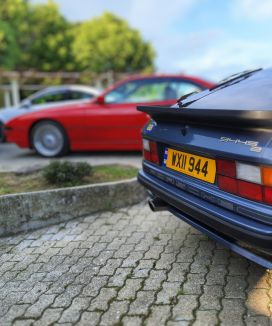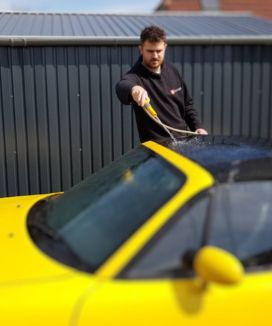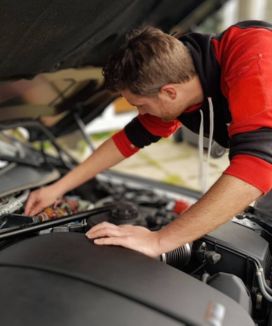Are Convertibles Worth It? (And Are They More Expensive?)
Table of Contents
Upgrading from a standard car to a convertible can be a great way to get some extra excitement and enjoyment behind the wheel.
They’re the ultimate expression of open-air motoring. They can be fun to drive and look great, but are convertibles worth it?
Convertibles are worth it for those who want a completely different driving experience, and particularly for those who live in warm and sunny climates. They look sporty, provide a great sense of speed, and allow the driver to soak up the sun whilst on the road.
So we know convertibles can be worth it, but are convertibles expensive, and how long will a convertible top last?
Is Driving a Convertible Fun?
Driving a convertible is fun. It brings a whole new dynamic to the driving experience. The wind blowing on your face, the sun on your skin, and the sound of the engine roaring are all part of what makes a convertible such a great way to get around.
If your drive is normally mundane, taking a convertible out onto the open road is the complete opposite.
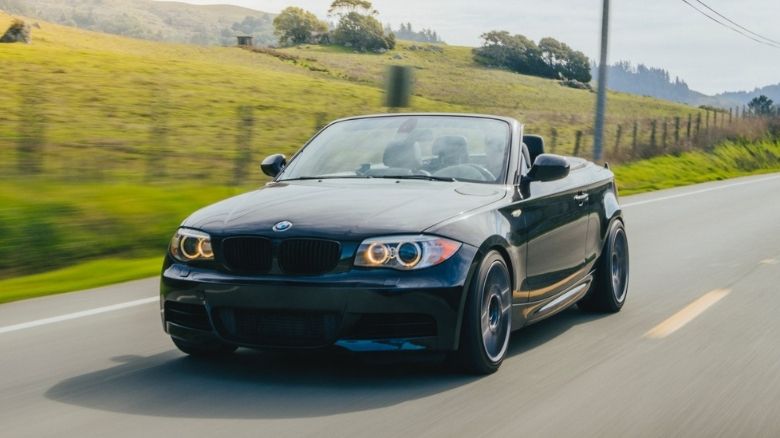
Explaining the concept of driving a convertible can be difficult to somebody who has never owned one, but owners find themselves wanting to take the car out just for the fun of the drive rather than to get somewhere.
Any opportunity to take the car out is gratefully accepted. Sunny days provide the perfect excuse to get the car out, and you feel so much more connected with the driving experience when you have a cabriolet.
Why Are Convertibles More Expensive?
Convertibles are more expensive because of the additional structural rigidity that the chassis needs without a roof to support it, and the additional engineering that’s required to achieve this.
The roof usually provides a car with the rigidity it needs to withstand the forces and stresses that are inflicted on its chassis when subjected to regular driving conditions.
When the roof is removed, the car’s handling will suffer tremendously unless it’s strengthened in other areas to compensate.
These complex engineering requirements cost money, so the manufacturers raise the price of the convertible to ensure a profit can still be made.
Another reason that convertibles are more expensive is that they need additional mechanisms to operate the roof, and extra safety features to protect the occupants in the event of a crash; particularly one that involves the car rolling over.
With normal cars, the solid roof provides an element of protection in a rollover as it’s made of solid material. That’s not the case with convertibles.
Convertibles either need a fixed roll bar to protect the driver and passengers, or more complex spring-loaded systems that fire upon detection of a rollover.
These rollover bars are extremely strong and can take the full weight of the car. All of these safety features cost significant amounts of money to design and fit, so the cost is passed on to the buyer.
A third reason that convertibles are more expensive is that fewer of them are sold. The manufacturer will usually need higher profit margins when fewer models are sold to justify producing the car in the first place.
Whilst new convertibles are usually more expensive, some second hand ones can be cheaper than their hardtop counterparts.
These convertibles can be cheaper because they’re less desirable than hardtops. As convertibles age, there can be additional expenses in roof maintenance, for example.
As fewer people want to buy them, their values reflect the lack of demand.
Are Convertibles More Expensive to Insure?
Convertibles are more expensive to insure because they are considered less safe, and are more likely to be targeted by thieves. They can be up to 30% more expensive to insure than their hardtop counterparts.
Despite advances in cabriolet safety, many insurance companies still deem convertibles to be more dangerous than hardtops.
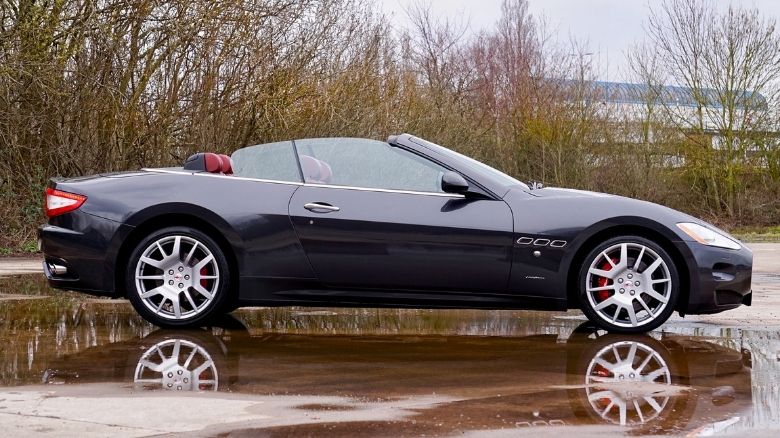
This means they’re more likely to need to pay out for injury/death in the event of a crash, and they raise their premiums accordingly.
Their other concern is that convertibles, particularly those with fabric roofs, will be easier for thieves to break into and steal. Again, this results in costly payouts for the insurance companies, so the cost of cover is increased accordingly.
How Long Will a Convertible Top Last?
A convertible top will last around 7 years, but it will depend on the material it’s made from, how often the car is used, and where the car is usually parked. The lifespan of a convertible top can be extended with regular cleaning and maintenance, and by storing the car in a garage.
Vinyl and canvas are the most common modern materials used for soft-top roofs which are both very hard wearing, but still require plenty of looking after.
If the car is kept outside throughout its life with no cover then the roof will deteriorate far quicker than if the car is stored in a garage.
In damp conditions, mold and green algae can grow on the fabric. In warmer conditions, the sun can start to fade the roof’s color.
There are plenty of products on the market to help prolong the life of convertible tops and those that are well looked after can last for at least 10 years.
Here at The Car Investor we’ve had two convertible cars in our time, both with fabric roofs. We bought the E46 BMW 3 Series when it was nine years old.
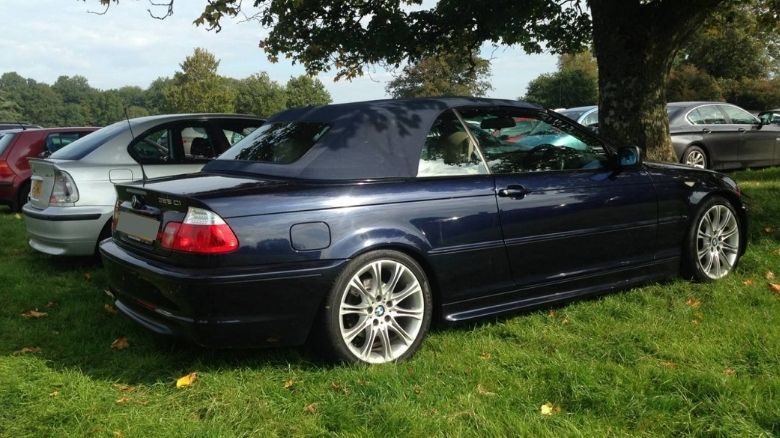
The roof was still in good condition as it had been parked in a garage for most of its life, but despite regular cleaning and maintenance, by the time it came to sell the car seven years later it would have benefitted from a new roof simply due to the age of the material.
Our Mazda Miata (MX-5) had a new soft-top roof fitted just before we purchased it, and has remained in great condition throughout our ownership thanks to regular maintenance and being kept garaged.
Are Convertibles Hard to Maintain?
Convertibles are not hard to maintain, but they do require more maintenance than a hardtop. Fabric roofs can leak, be damaged by moisture, and fade in the sun. They can also expose the interior of the car to the elements, requiring extra cleaning and maintenance inside the car.
When considering maintenance on a convertible car, extra cleaning is the main thing you’ll need to do.
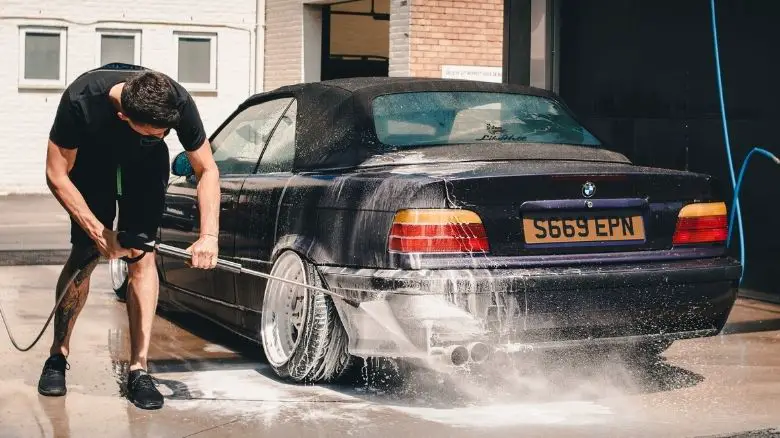
Whilst convertibles with hardtop roofs can be cleaned normally, extra care should be taken with fabric soft-top roofs. Hard chemicals can damage the material, so you should only use specially designed formulas.
Preventing the convertible roof from leaking is extremely important to limit damage to the interior, so it’s necessary to check for roof leaks regularly and replace seals when necessary.
If you regularly drive with the roof down it can quickly become dirty inside the car. If you have a convertible with four seats, the back of the car is particularly susceptible to getting dirty.
Regular interior cleaning is required to keep it fresh, and prevent a build-up of grime.
None of this maintenance is particularly challenging, but it will require you to spend more time cleaning the car than if you had a regular hardtop vehicle.
How Much Does a Convertible Top Cost to Replace?
It typically costs between $500 and $1500 to replace a convertible top. The cost depends entirely on the type of car, how complex the roof structure is, and the type of material used.
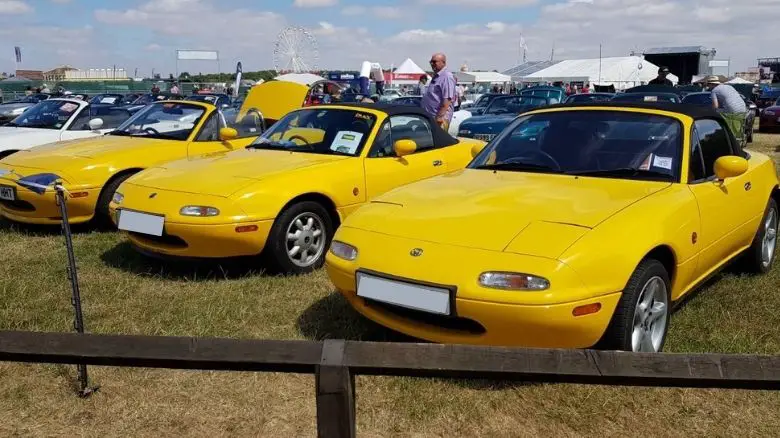
You can replace the roof on basic roadsters such as the Mazda Miata (MX-5) very cost effectively. They come with manual roofs, and have been designed with simplicity in mind.
More executive convertibles, such as Mercedes or BMW, will require more of an investment to replace the roof. These convertible roofs are operated electronically, require more specialist knowledge, and use more material.
You will have the option to choose between an OEM replacement roof or an aftermarket roof, the latter usually being significantly cheaper.
It’s a job that can be done yourself, but we’d recommend paying extra for a professional to do the work unless you’re very experienced.
Fabric roofs can easily be damaged, and it’s important that the roof is installed correctly to avoid this.
Are Convertibles Easy to Break Into?
It’s easier for thieves to break into a soft-top convertible than an equivalent hardtop car. Unlike a metal roof, fabric roofs can easily be cut into to gain access to the vehicle.
Security should be a consideration if you’re thinking about buying a convertible car. If you don’t have a garage to store your car in, it could be a target for thieves.
Any possessions you keep in your car should be kept out of site as they could be stolen, or the car itself has the potential to be stolen.
Why Do People Not Like Convertibles?
Some people don’t like convertibles as they consider them to be more dangerous than regular cars. Some also believe the handling is not as good as in a hardtop car, and that it’s more likely they’ll get stolen.
Other reasons some people dislike convertibles are:
- They’re slower than their hardtop equivalents
- Everyone can see you
- They can leak
- It’s annoying having to put the roof up and down
- It’s hard to have a conversation with passengers
- It’s too hot in direct sunlight
- You look like you’ve been dragged through a bush backwards by the time you get to work
It’s all worth it for the driving experience though, right?!
Can you Daily Drive a Convertible?
Modern convertibles are very capable of being daily drivers. They’re very quiet with the roof up, even at speed, and the roof can be retracted very quickly at the press of a button when the sun comes out.
Many modern convertibles are fitted with retractable hardtop roofs, making them even more comfortable as a daily driver. Most forget they’re even in a convertible until it’s time to take the roof down.
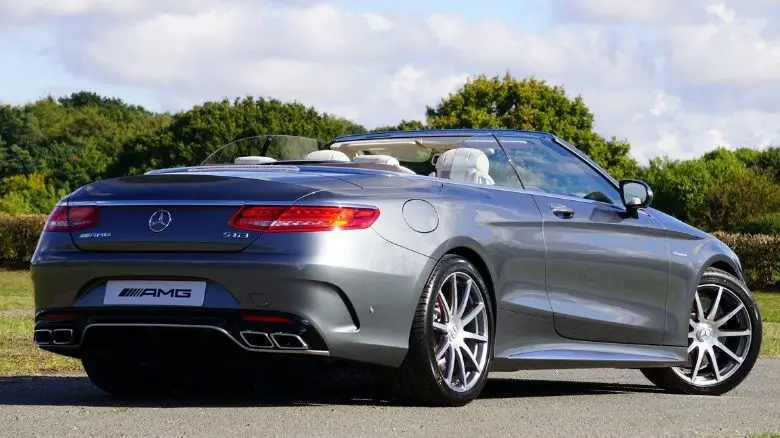
Convertibles do usually have less storage space as they need room to store the roof when it’s down, but other than that there are very few reasons that a modern convertible is any less practical than an equivalent hardtop.
Is a Soft-Top Convertible Worth It?
It’s worth considering a soft-top convertible over a hardtop convertible as they’re much lighter so have better handling. They’re also usually cheaper, and soft-top roofs are generally quicker to retract.
When considering whether to choose a soft-top or hardtop convertible, it’s important to consider the features that both types of roof offer.
Whilst there are plenty of benefits to soft-tops, there are also some things that hardtop convertibles do better.
Improved crash-safety, wind-noise reduction, and added security are all benefits of hardtop convertibles.
Whichever type of convertible you choose, both will offer the same exhilarating driving experience when the sun comes out and the roof goes down.
Are Classic Convertibles Worth Anything?
There are plenty of convertible classic cars that are worth a lot of money, but convertible classics will generally be worth less than their hardtop counterparts. Many car enthusiasts believe that the driving experience you get is not as pure with a convertible.
Classics that have both a coupe version and a convertible version will often be compared on their desirability. If given the option, car collectors will generally pick the coupe model.
The perception is that the coupe will have far superior handling and provide a more authentic driving experience.
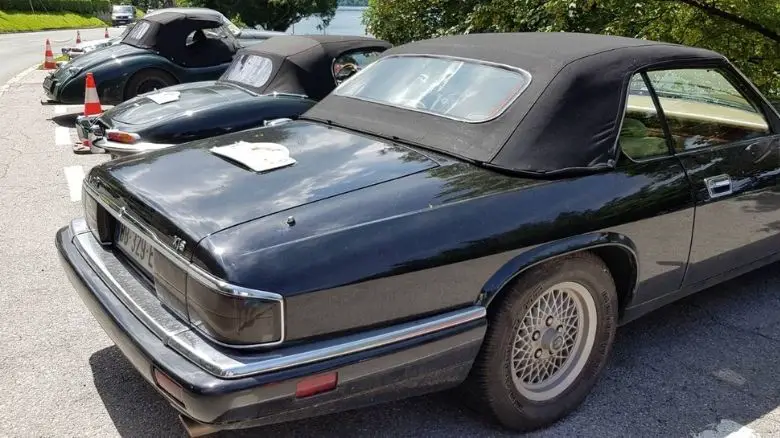
That’s not to say you should be put off buying a convertible classic. If it’s rare enough and desirable enough, there will still be a demand for it in the future.
Is it Worth Getting a Convertible?
It’s worth getting a convertible if you prefer your drive to be an experience rather than a chore. It’s a great choice for those that love driving with the wind in their hair, the sun on their face, and hearing the sound of the engine on the country roads.
If you’re able to live with the downsides of owning a convertible then there’s no reason you shouldn’t buy one.
Having owned two convertibles here at The Car Investor, we’ve loved every minute of driving them, particularly in the warm summer weather.
They’re not a great fit for everybody and it’s true that they do take more care and attention, especially in the winter.
Read more: What Does Driving a Convertible Say About You?
But it’s all worth it once you have a sunny day to pull the roof back and appreciate the joys of open-air motoring.
ABOUT THE AUTHOR
Adam Chinn writes about the intersecting worlds of classic cars, driving pleasure, and smart investment strategies. Starting his journey at 26, he’s proven that one doesn’t need to be wealthy to begin investing in classic cars.
Adam’s insights have been recognized on platforms such as MoneyInc, Swagger Magazine, and Top Speed.

